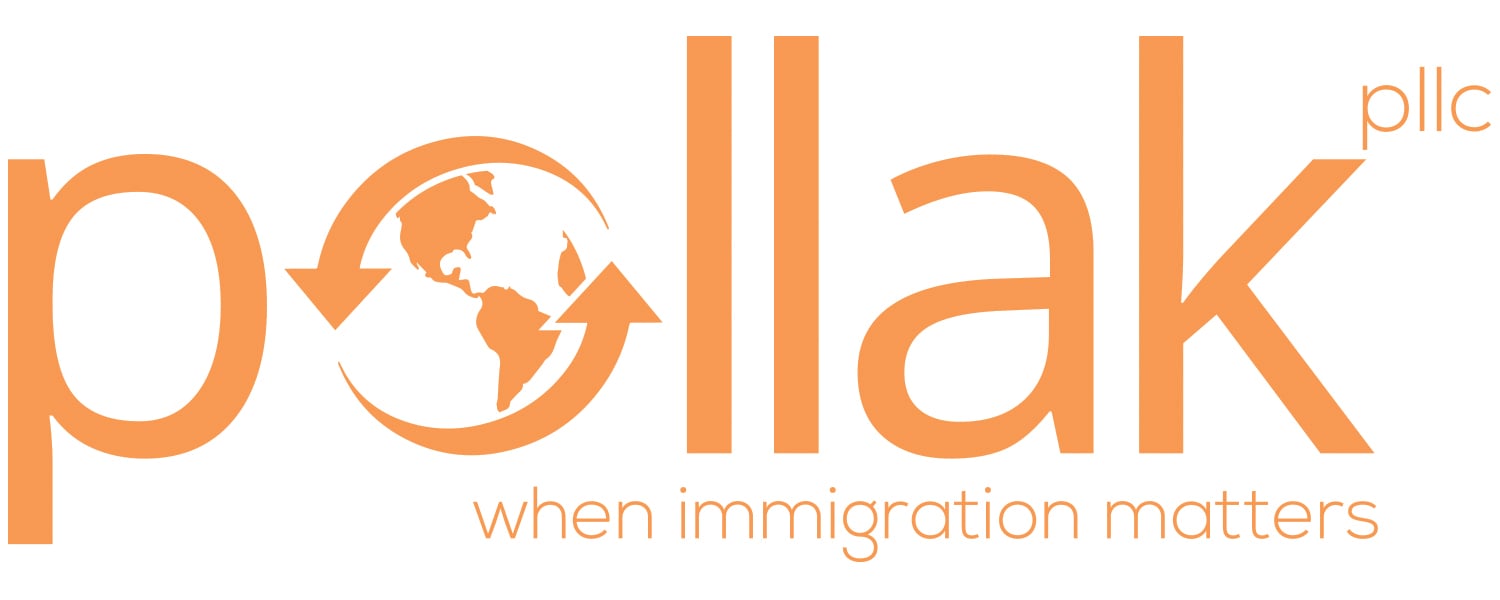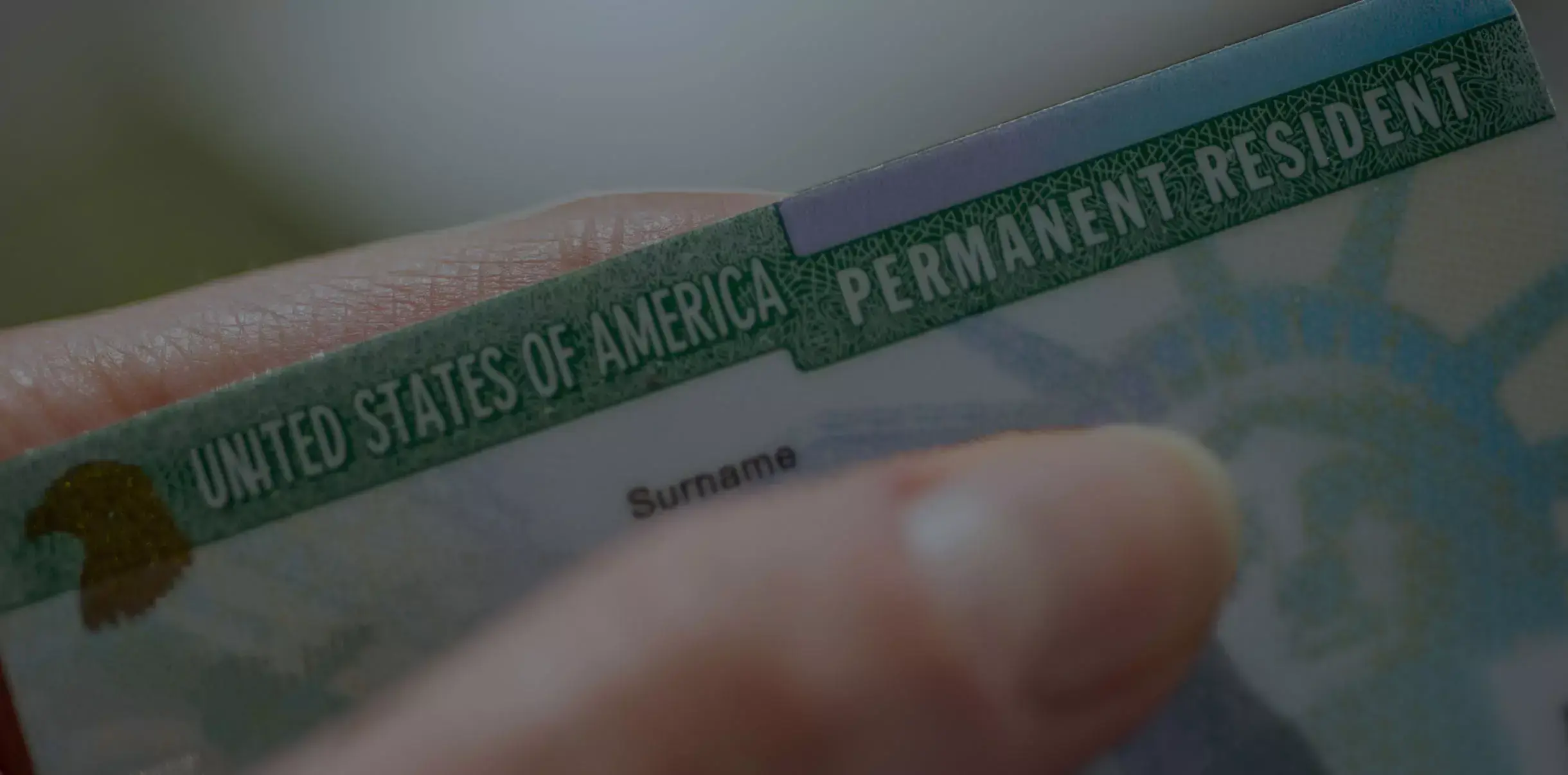 What is a "Following to Join" Immigrant Petition?
What is a "Following to Join" Immigrant Petition?
Navigating the complexities of U.S. immigration law can be challenging, especially when it comes to family-based immigration. One common area of confusion is the "Following to Join" process, a vital part of keeping families united as they pursue their immigration journeys. At Pollak PLLC, we often receive questions from clients wondering what this process involves and how it can benefit their loved ones. In this blog, we’ll break down what "Following to Join" means, who qualifies, and why this petition could be the key to bringing families together.
What Does “Following to Join” Mean?
"Following to Join" refers to a specific immigration process that allows the spouse and children of a principal immigrant, who has already received their lawful permanent resident (LPR) status or an immigrant visa, to join them in the U.S. without having to file a separate immigration petition. Instead, the family members can follow the principal applicant based on the initial application, saving time and avoiding the need for additional processing fees.
The key advantage of the "Following to Join" process is that it helps ensure that families remain together without the delays and complexities of additional filings. It is particularly beneficial for immigrants who have received their green cards through employment, family sponsorship, or other qualifying categories.
Who is Eligible for "Following to Join"?
To qualify for "Following to Join," certain criteria must be met by both the principal immigrant (the individual who has already been granted an immigrant visa or LPR status) and their family members. Typically, the eligible relatives include:
- Spouse: A legally married spouse of the principal immigrant.
- Unmarried children under 21: The biological or legally adopted children of the principal immigrant who are under the age of 21 and unmarried at the time of application.
It’s important to note that this option is only available to those who were eligible family members at the time the principal immigrant was granted their visa or green card. Additionally, the family members must not have been included in the initial application due to circumstances like being outside the U.S. when the principal immigrant’s visa was issued.
The Benefits of "Following to Join"
-
Avoids Filing New Petitions: One of the most significant benefits of "Following to Join" is that eligible family members do not need to go through the often-lengthy process of filing new petitions. Instead, they can "follow" based on the principal immigrant's existing petition.
-
Preserves Priority Date: The family members retain the priority date of the principal applicant, which means they can avoid the long waiting times that might otherwise apply if they had to start a new petition from scratch.
-
Streamlined Processing: Since the principal immigrant’s case has already been approved, the follow-to-join process typically moves faster than filing new petitions. This means that families can reunite in a more efficient manner.
-
Lower Costs: By avoiding the need to file separate petitions, families save on application and legal fees, making it a more affordable option for many.
How Does the Process Work?
The "Following to Join" process begins with the principal immigrant notifying the appropriate U.S. embassy or consulate where their family members will apply for their visas. The consulate will then process the "following to join" request, and once approved, the family members can travel to the U.S. and obtain their green cards.
In some cases, if the family members are already in the U.S. on valid visas, they may be able to adjust their status without needing to leave the country. This is a complex process, and working with an experienced immigration attorney can ensure everything proceeds smoothly. If you’re looking for a trusted Dallas family immigration lawyer, Pollak PLLC is well-equipped to guide you through every step.
Common Misconceptions About "Following to Join"
-
It’s Only for Employment-Based Immigrants: While the "Following to Join" process is commonly associated with employment-based immigrants, it is available to family-sponsored immigrants as well, as long as the principal applicant holds LPR status or an immigrant visa.
-
Family Members Can’t Enter Until the Principal Applicant Becomes a Citizen: Many mistakenly believe that the family members must wait for the principal applicant to become a U.S. citizen before they can join them. In fact, the "Following to Join" process allows eligible family members to immigrate while the principal applicant is still a permanent resident.
-
It’s Too Complicated to Pursue: While immigration processes can seem overwhelming, the "Following to Join" process is often more straightforward than many people think, particularly when guided by an experienced immigration attorney.
Conclusion
The "Following to Join" immigrant petition is a powerful tool designed to keep families together while navigating the immigration system. At Pollak PLLC immigration law firm, we have extensive experience helping clients successfully bring their loved ones to the U.S. through this process. If you or a loved one may be eligible, it’s important to seek legal guidance to ensure the process is handled correctly and efficiently.
If you have questions or need assistance with a "Following to Join" petition, don’t hesitate to reach out to our team of experts. We’re here to help you every step of the way, ensuring that your family’s immigration journey is as smooth as possible.
#ImmigrationLaw #FollowingToJoin #FamilyReunification #LegalGuidance #ImmigrationSupport




